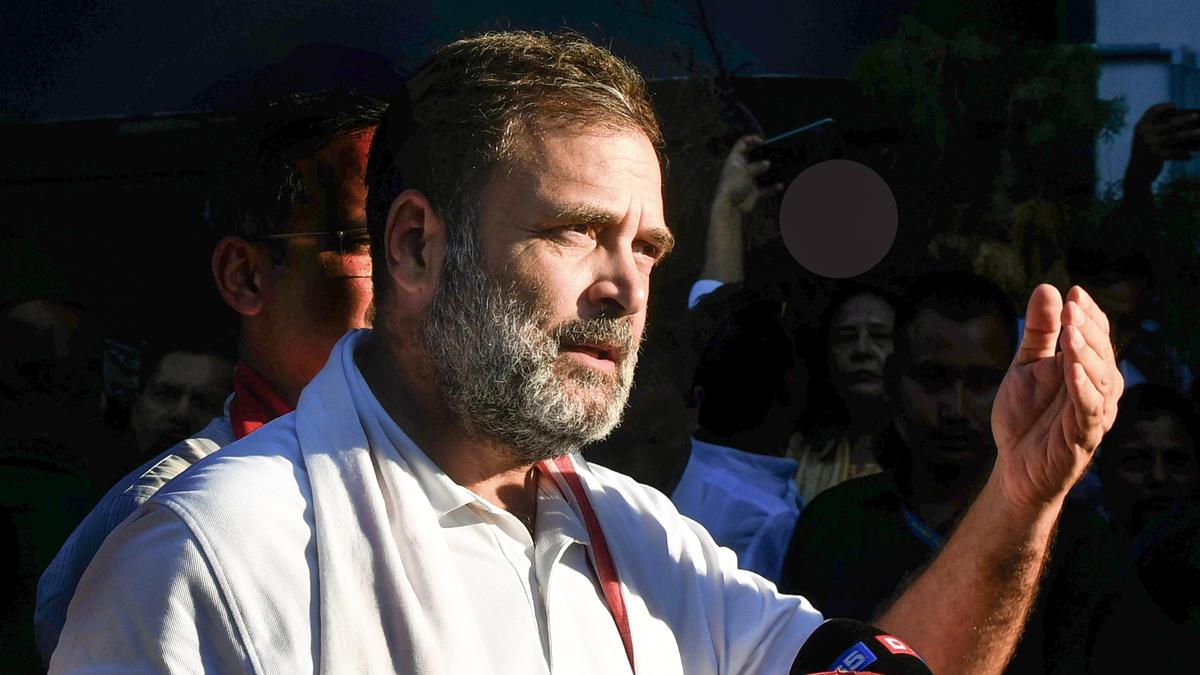ARTICLE AD BOX
Last Updated:October 20, 2025, 11:10 IST
Pitched as an eco-friendly alternative to traditional fireworks, green crackers have been approved again this Diwali. But do they actually make the air any less polluted?

To balance tradition with sustainability, green crackers were introduced. (Image: Canva)
Do green crackers truly cause less pollution?
That’s the question India keeps circling back to every Diwali. First introduced as a safer alternative to traditional fireworks, green crackers are supposed to reduce emissions without eliminating celebration. But years after their launch, the core concern remains: do they actually make the air less polluted, or just seem like they do?
The Supreme Court has allowed certified green crackers to be used in Delhi-NCR for two days—October 20 and 21—between 6:00–7:00 am and 8:00–10:00 pm. The rationale: total bans haven’t worked, and regulated use of low-emission crackers is a better option than people smuggling in the more toxic, banned kind.
But scientists, environmental campaigners and medical experts argue that the allowance might be a distraction from the larger issue. Green crackers still pollute; the only difference is how much, and whether that reduction meaningfully improves public health in an already hazardous air environment.
Why Were Green Crackers Introduced?
The move to develop green crackers followed a series of public health crises after Diwali in 2016 and 2017, when air quality index (AQI) levels in Delhi breached 500, falling into the “hazardous" category. The Supreme Court responded with a 2018 ruling in Arjun Gopal vs Union of India, stating that cultural practices could not override the Right to Life under Article 21 of the Constitution.
The Court banned traditional firecrackers containing barium nitrate and other heavy metals and directed manufacturers to create less-polluting alternatives. This led to the development of green crackers by the Council of Scientific and Industrial Research–National Environmental Engineering Research Institute (CSIR-NEERI), with the Petroleum and Explosives Safety Organisation (PESO) assigned to test and certify them.
The goal was to create a product that was measurably less harmful, and more enforceable, than an outright ban.
What Makes A Cracker ‘Green’?
Traditional firecrackers rely on a cocktail of chemicals like barium nitrate, aluminium, potassium nitrate, sulphur, and carbon, substances that produce the classic sparkle and bang, but also generate fine particulate matter (PM2.5 and PM10), sulphur dioxide and nitrogen oxides. All are well-known contributors to smog and respiratory illness.
Green crackers tweak these formulations. According to CSIR-NEERI, they:
- Replace barium nitrate with potassium nitrate or strontium salts
- Reduce aluminium content
- Add dust-suppressing agents like zeolite and iron oxide
- Eliminate heavy metals like mercury, arsenic and lithium
- Shrink the size and control the flame
- Cap noise output to 125 decibels at four metres
Only those firecrackers that reduce particulate emissions by at least 30 per cent, or by 20 per cent along with a 10 per cent cut in gaseous emissions, are allowed to carry the green label.
Three variants have been officially certified: SWAS (Safe Water Releaser), STAR (Safe Thermite Cracker), and SAFAL (Safe Minimal Aluminium).
Do They Actually Reduce Pollution?
According to CSIR-NEERI and a 2023 study by Wankhede et al. (Environmental Pollution), green crackers emit between 30 and 40 per cent less particulate matter than conventional fireworks. In particular, the substitution of barium nitrate was found to reduce airborne barium concentrations by 30 to 60 per cent.
However, even green crackers were found to release trace amounts of aluminium, copper and strontium into the air.
Soil analysis after bursting green crackers also found elevated levels of residual metals. A 2024 study by Dubey and Rai (Journal of Laser Applications) using laser-induced breakdown spectroscopy detected aluminium, barium, strontium, magnesium, iron and zinc in post-burn ash and surrounding soil samples.
So while green crackers pollute less, their emissions still contribute to environmental contamination, and the improvement is only partial.
What About Ultrafine Particles?
One of the more concerning findings relates to ultrafine particles (UFPs), those smaller than 100 nanometres. These particles are not fully captured in mass-based AQI measurements but can travel deep into the lungs and bloodstream, posing serious health risks.
A 2019 study conducted in Delhi (Yadav et al., Journal of Environmental Management 2022), recorded a 138 per cent increase in particle number concentration after the use of green crackers. The average particle size observed was 44 nanometres, small enough to evade standard filtration and detection systems.
While the total mass of pollutants may be lower, the rise in these invisible particles remains a serious public health concern.
What Does The Supreme Court Say?
In its 15 October 2025 order, the Supreme Court allowed the use of green crackers during Diwali in Delhi-NCR, citing the failure of blanket bans. The bench, led by Chief Justice BR Gavai and Justice K Vinod Chandran, noted that smuggling of banned conventional crackers had become widespread, often causing more harm than controlled use of certified green alternatives.
Under the ruling:
- Only licensed manufacturers based in Delhi-NCR can sell green crackers
- Cracker boxes must carry QR codes linked to CSIR-NEERI and PESO certification
- Fake green crackers will lead to licence suspension
The order came a day after the Commission for Air Quality Management (CAQM) enforced Stage I of the Graded Response Action Plan (GRAP), triggered when AQI levels exceed 200.
Is Enforcement Working?
On paper, there is a clear enforcement protocol. Patrol teams are expected to inspect manufacturers, verify licences, upload QR codes online, and crack down on non-compliant sales. In practice, however, there are gaps at every level.
As reported by Mint, it is not feasible to test and certify every cracker batch or variant. Counterfeit labels and QR codes are widespread. Most consumers are unaware of what a certified green cracker looks like or what markings to check. Many sellers, especially smaller shops and local vendors, continue to stock unapproved firecrackers.
In 2024, despite a full ban on firecrackers in Delhi, authorities seized thousands of kilograms. Meanwhile, sale of crackers, mostly in and around Sivakasi reportedly totalled Rs 6,000 crore, according to the Indian Fireworks Manufacturers Association.
How Has The Industry Responded?
Sivakasi in Tamil Nadu, which accounts for about 95 per cent of India’s firecracker production, has largely adapted to the regulatory shift. The Tamil Nadu Fireworks and Amorces Manufacturers’ Association (TANFAMA) claims that most units, including small-scale producers, have now switched to green crackers.
To support testing and certification, manufacturers co-funded a new CSIR-NEERI testing facility in Sivakasi, contributing 40 per cent of the cost. This helped reduce dependence on the earlier facility in Nagpur, which was over 1,600 kilometres away.
So, Do Green Crackers Make A Difference?
They do, but not enough to change the larger picture. Green crackers remove some of the most toxic ingredients, marginally reduce pollution levels, and make enforcement more measurable on paper. But they still release harmful particles, raise health concerns, and leave behind chemical residue in the air and soil.

Karishma Jain, Chief Sub Editor at News18.com, writes and edits opinion pieces on a variety of subjects, including Indian politics and policy, culture and the arts, technology and social change. Follow her @kar...Read More
Karishma Jain, Chief Sub Editor at News18.com, writes and edits opinion pieces on a variety of subjects, including Indian politics and policy, culture and the arts, technology and social change. Follow her @kar...
Read More
First Published:
October 20, 2025, 11:10 IST
News explainers Are Green Crackers Actually Less Polluting? The Debate Behind The Label
Disclaimer: Comments reflect users’ views, not News18’s. Please keep discussions respectful and constructive. Abusive, defamatory, or illegal comments will be removed. News18 may disable any comment at its discretion. By posting, you agree to our Terms of Use and Privacy Policy.
Read More

 2 hours ago
5
2 hours ago
5








 English (US) ·
English (US) ·